I have limited time today to write a blog post and last night I was…
Kyoto Report 2024 – 6
This Tuesday report will provide some insights into life for a westerner (me) who is working for an extended period at Kyoto University in Japan.
Nara
I took last Friday off as a holiday and we took the train to Nara which is about an hour away from Kyoto.
The motivation was to do the – 平城宮跡歴史公園parkrun – (Heijo Palace Ruins Historical Park parkrun) next morning and to visit the oldest wooden building in the world at Nara Park on the Friday.
On Friday we went to a great vegan cafe (Omya) which I recommend.
Then we took ourselves off to the historic Nara park district and it soon became obvious that this was like a Disney Theme Park.
Hideously overcrowded, commercial ventures everywhere, and really noisy.
The trade-off was that we visited the famous – Tōdai-ji – Buddhist temple that dates back to 738, although fires have meant it has been reconstructed several since.
It is a magnificent structure and is the oldest standing wooden structure in the world.
Here I am standing out the front of it looking like a tourist – which in this case I was.
This is a building of some proportion and houses the great Buddha, which is an enormous statue.
How they built it is another matter.
Even the entry gate to the East is magnificent:
All through the park are the – Nara’s Sacred Deer – lots of them, which legend has it that “in AD768, the first of the four gods of Kasugataisha Shrine traveled all the way from Ibaraki Prefecture North of Tokyo, to Mt. Mikasa in Nara, on a white deer. Thereafter, deer were considered sacred, and killing one was punishable by death. Today, they are protected as Natural Monuments, and revered as holy animals in Nara.”
There are stalls selling the biscuits that people buy to feed the deers, which is not a clearly safe proposition.
The signs tell the visitor that there is danger:
And the visitor is left in no uncertain terms as to what might happen!
And we found out the deer also like maps and guides.
Here is one that attacked us and stole our map and tried to make off with it.
After some wrestling, we recovered the map – sort of.
The Parkrun was held in the old – Heijo Palace Historical Park – which “was the imperial residence in the Japanese capital city Heijō-kyō (today’s Nara), during most of the Nara period.”
So the site goes back to 710 and the Imperial period ended in 794 AD, when the capital was moved to Kyoto, ostensibly because they had cut down so much of the timber in the nearby forests to the north that they were facing a major shortage for continued construction of the city.
The ruins are now being slowly restored by the government and already some of the gates have been rebuilt and the Great Hall of State (大極殿, Daigokuden).
It is painstaking work to try to recreate the area given the paucity of records from that period that remain.
No records of the Great Hall survived and it is a marvellous story about how the “locations of the pillars were inferred through reference to the building’s remains at Kuni-kyō, to where it had been relocated.”
Reading the history of the site left me in awe – how did they build these structures? And when they decided to move the capital, how the hell did they relocate the buildings and reconstruct them exactly as they had been in their original site?
I also wondered how many labourers died during the construction of these massive structures.
The whole area is wonderful and I loved participating in the parkrun through such historical surrounds.
Here I am captured by the Parkrun photographer running past the Daiichiji Daigokuden-in Daigoku-mon – or South Gate, which was rebuilt between 2017 and 2022.
It was a cold morning – 3 degrees when we left the hotel to walk to the ruins and the Parkrun circuit.
But I can recommend this Parkrun to anyone interested – the organisers (volunteers) made us feel so welcome and we had a really nice time with them.
It was the main entrance to the Former Imperial Audience Hall Compound.
You can learn all about the reconstruction process that continues from this – Document.
You will be amazed by what you read.
Japan has many craft workers highly skilled in the ancient traditional construction techniques.
And where else in the world would you find a normal safety hat cone made elegant with a tailor-made bamboo cover?
This is the beauty of Japan – the attention to detail and the attention to the aesthetic.
After the Parkrun, we caught the train back to our house in Kyoto and that ended our little holiday break.
And speaking of aesthetics
Quite often I slip out from the desk in the afternoon and ride my bike to the Shimogawa Shrine which is just over the Kamogawa River north of the delta.
This is an extensive complex and within the grounds one meets the little cafe – 下鴨神社 さるや or Saruya – which serves green teas (mid-bitterness) and lots of rice cake delicasies.
The shop is a work of art itself:
And the service is excellent – really nice staff and beautiful preparation and presentation.
There are outdoor sitting areas (safe from Covid) where one can enjoy the peaceful surrounds with the two little – Mochi balls – (that are always so fresh) and the tea (¥500 each tray).
Perfect interlude.
The worrying lateness of Autumn
Up until a few years ago, the hills around Kyoto and the trees around the city were all quite colourful by now as the Autumn progressed and the leaves changed colour and fell to the ground.
Last year, there was a delay and the shift only really started in early November.
This year, there is hardly any shift yet and we are just over two weeks before Winter sets in.
The day to day temperatures have fallen a little from October, which were very warm and well above the long-term average.
But still, so far into November, the daytime temperatures are still reaching 20-21 degrees and there is no hint of Winter yet.
Only a few mornings have been chilly so far.
This tree is a rarity at present – showing some beginning colour.
Mount Fuji has just broken a 130-year old record – which is a bad thing.
Just last week (November 6, 2024), the first semblance of snow appeared and this is the longest period that the Mountain has been without a snow cap (Source).
The snow cap typically returns in early October.
All of this is being attributed to climate change.
Anyway, another week gone by in Kyoto.
That is enough for today!
(c) Copyright 2024 William Mitchell. All Rights Reserved.
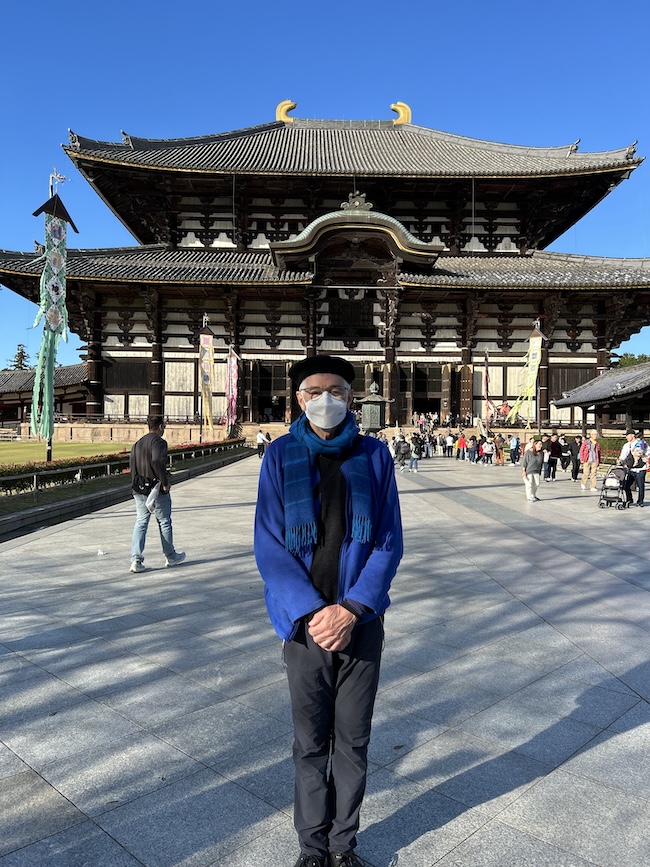
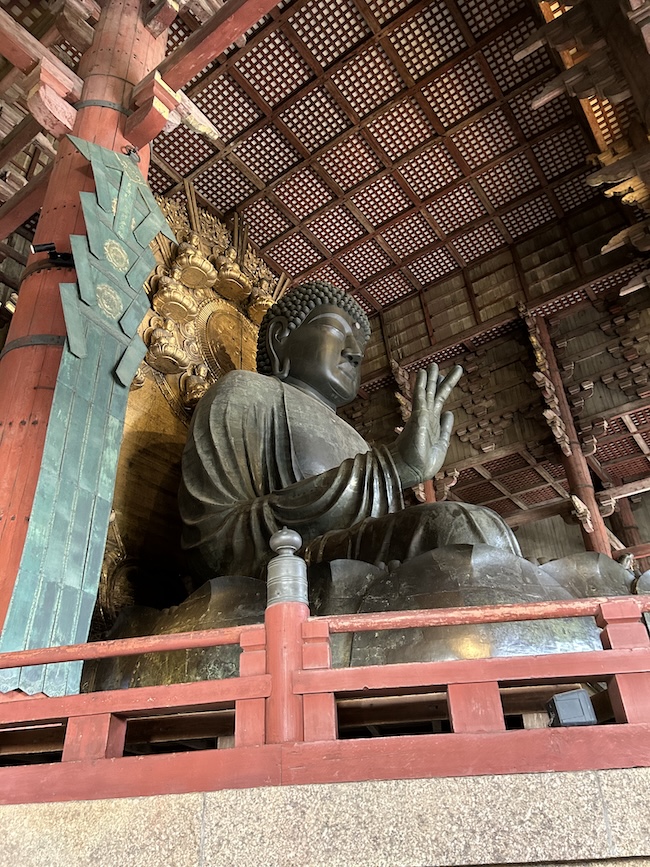
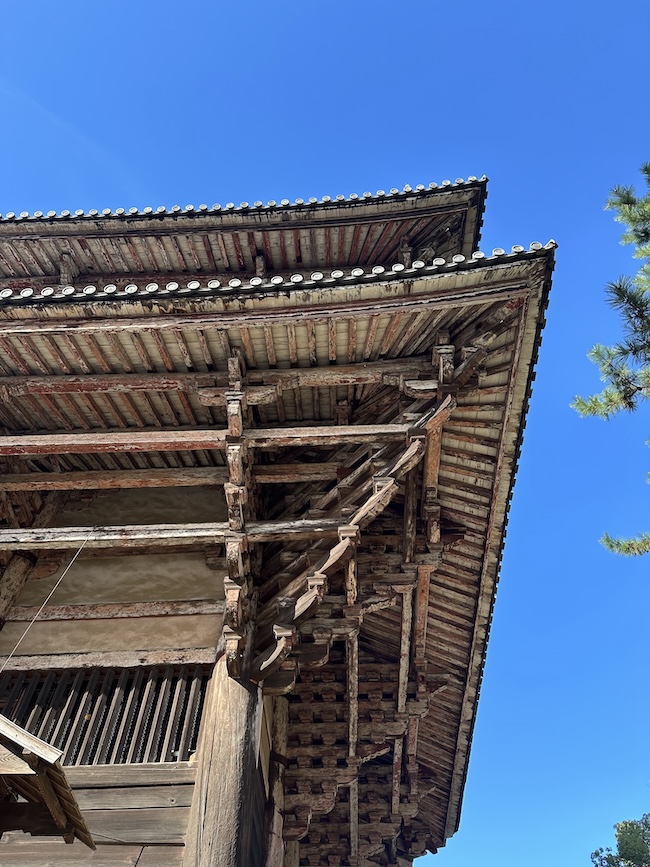
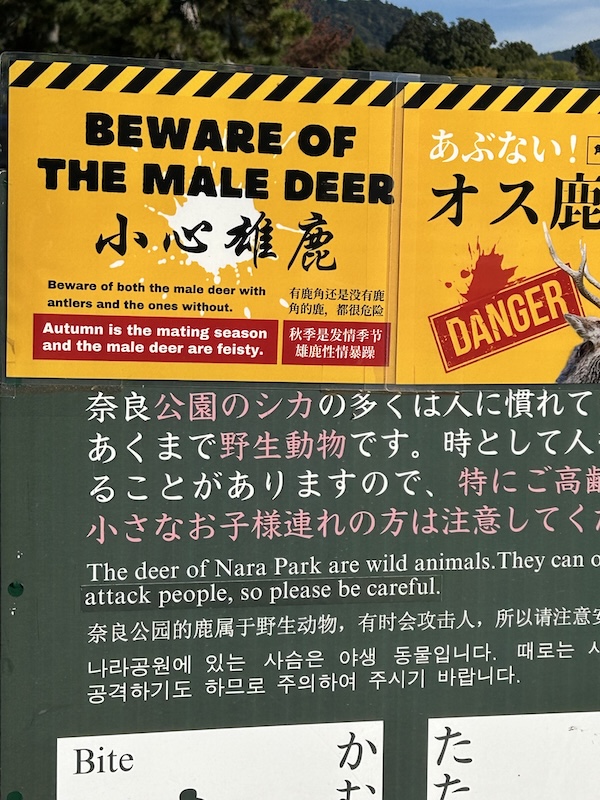
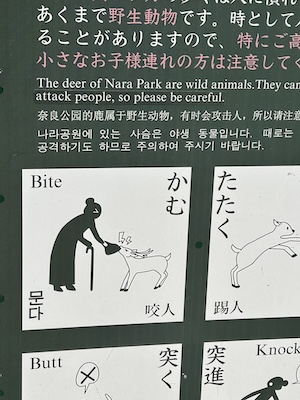

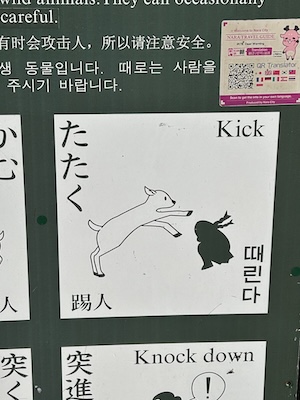
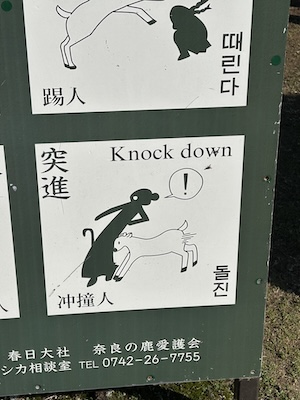
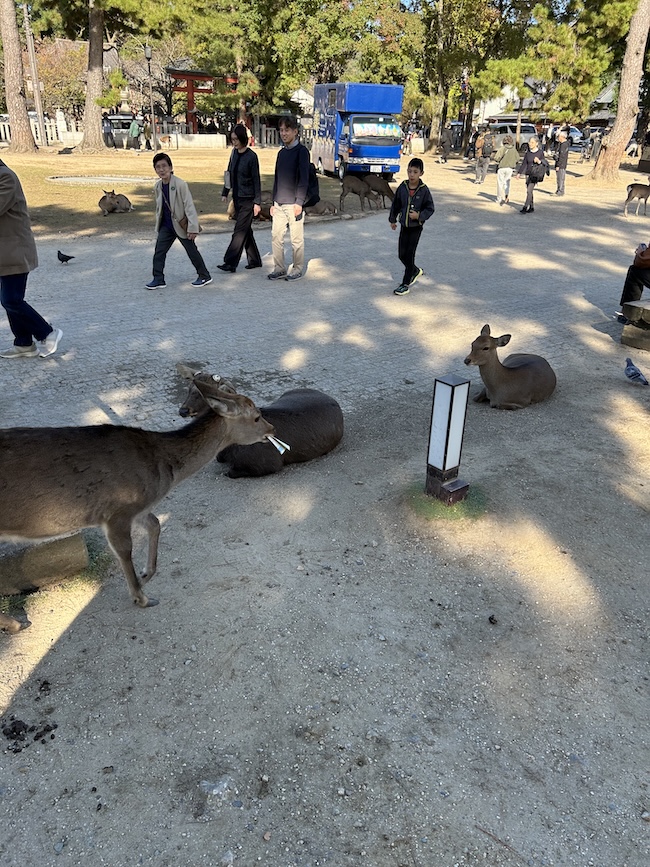
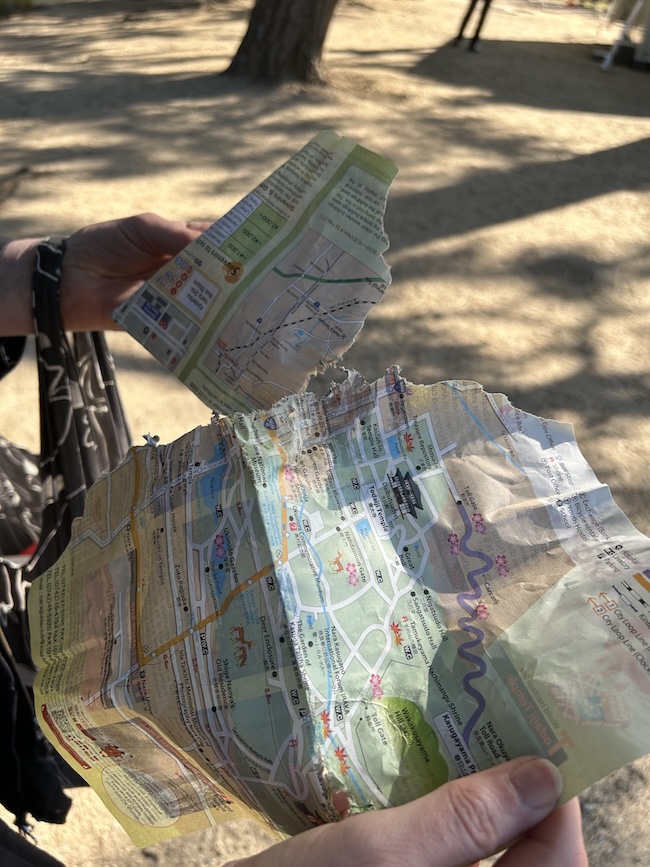
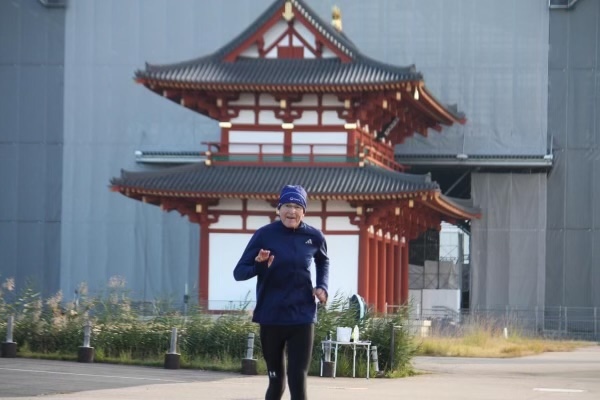
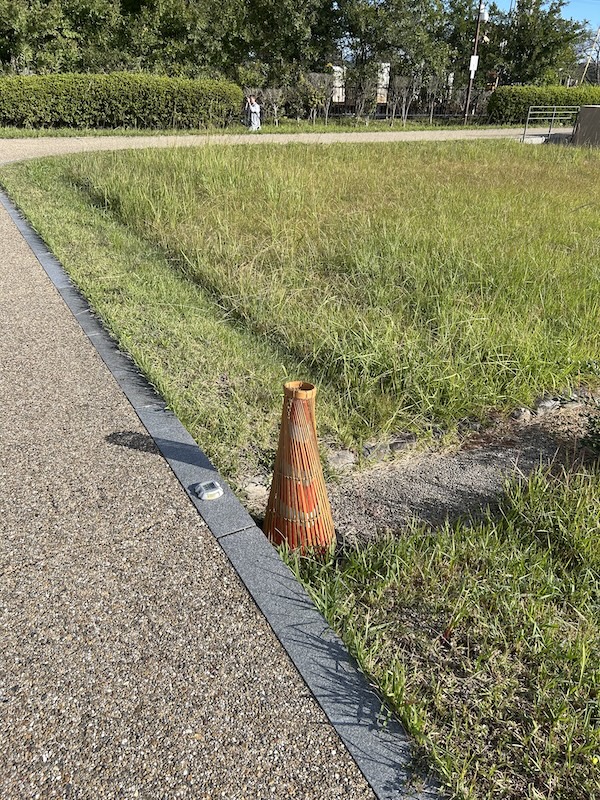
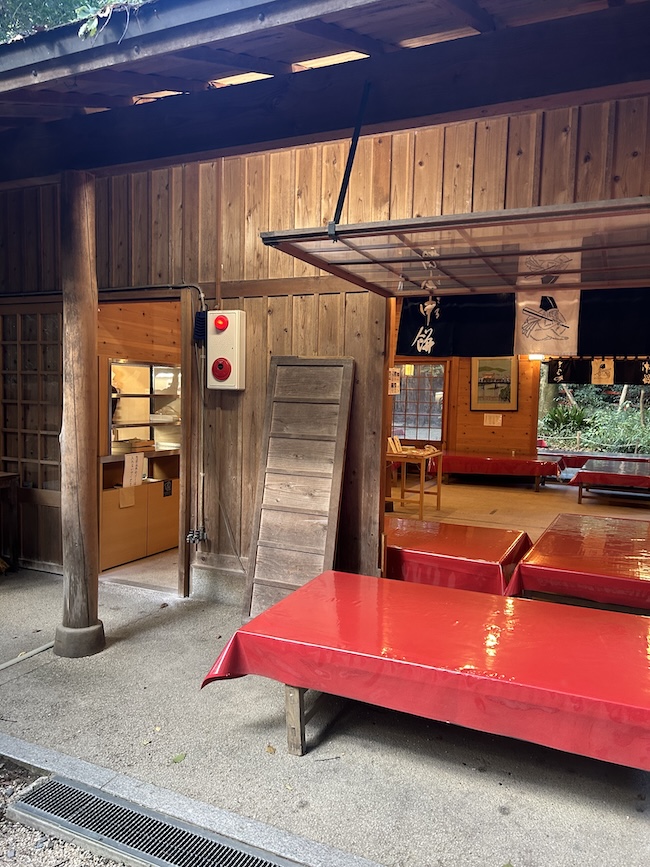
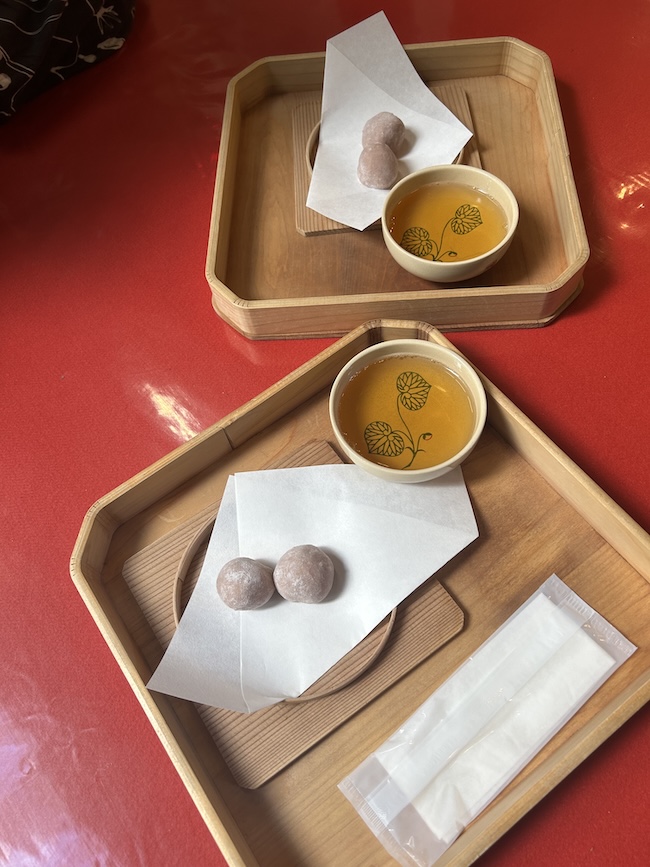
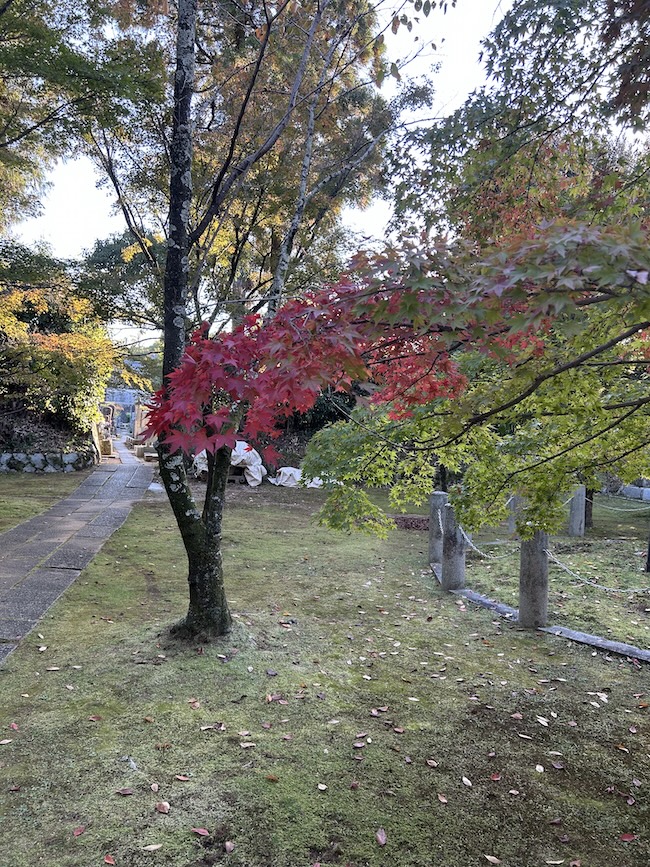
Here in little old Adelaide, the Jacarandas are well past their peak bloom. Many were in full bloom in late October. In years past, it would have been late November. Again, evidence of the impact of climate change. I’ve been doing some volunteer work with a local RailCare group over the past week (weeding and mulch spreading around the established native plants at the Seacliff Railway Station). The ground is bone dry and what little winter we had seems a distant memory. I suppose the sunny weather, together with the longer days, should reward me with a nice credit on my electricity account this quarter.
Bill, your accounts of your time in Japan make me want to go there (I have some friends who have been there, too). One of the few places which doesn’t look like every other place. I first need to find a way to get there without assisting in the destruction of the planet. There should be an internationally funded ship and rail service that is basic and relatively cheap to enable people to travel lightly, although from COP-29 it looks like it will be difficult enough squeezing money out of the world’s rich countries to help poor countries mitigate and adapt to climate change.
Marvellous scenery and history.
Further to my first comment, there are, of course, more important things to fund than a cheap and environmentally light way to travel internationally for a well-provisioned Westerner like me.
The questions of how many workers died really touched me. The beauty of thee amazing buildings and cultural monuments have blood, sweat and lives baked into to the “how” and “why”. That is important for people to remember. To reclaim their power and protect their families.
The climate crisis is real. It is evident. We have done absolutely nothing about it. Nor do I suspect they will before many millions die unnecessary deaths. More complacency from the establishment friendly folks.
Maps aren’t just his idea of fun, I guess. Or maybe he thought it was food. Nature can be (or should I say IS?) beatiful and wild at the same time.